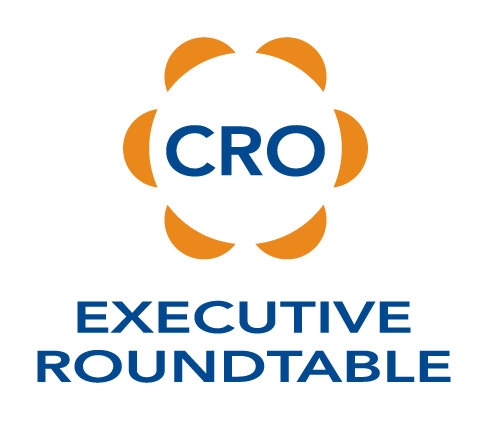CRO Success Rule #5
The breadth and depth of your Differentiating Value platform determines the amount of traction your product or service has in target market segments. It also determines the level of premium pricing you can achieve. If you have zero Differentiating Value, it means you are selling only on price.
In case you haven’t notice, Differentiating Value (DV) is a bedrock of all successful selling. The more DV you have, the more valuable your solution is in the marketplace. Here are 3 keys to refining your DV:
- Define what matters to the customer – There is no point in highlighting benefits a customer doesn’t care about.
- Be unique or demonstrably better – If the competition offers the same item, whatever that feature/service/product is, then that item is not your competitive advantage.
- Be specific and measurable – Get rid of the fluff. If you can’t be specific and/or measurable, you sound like every other competitor.






